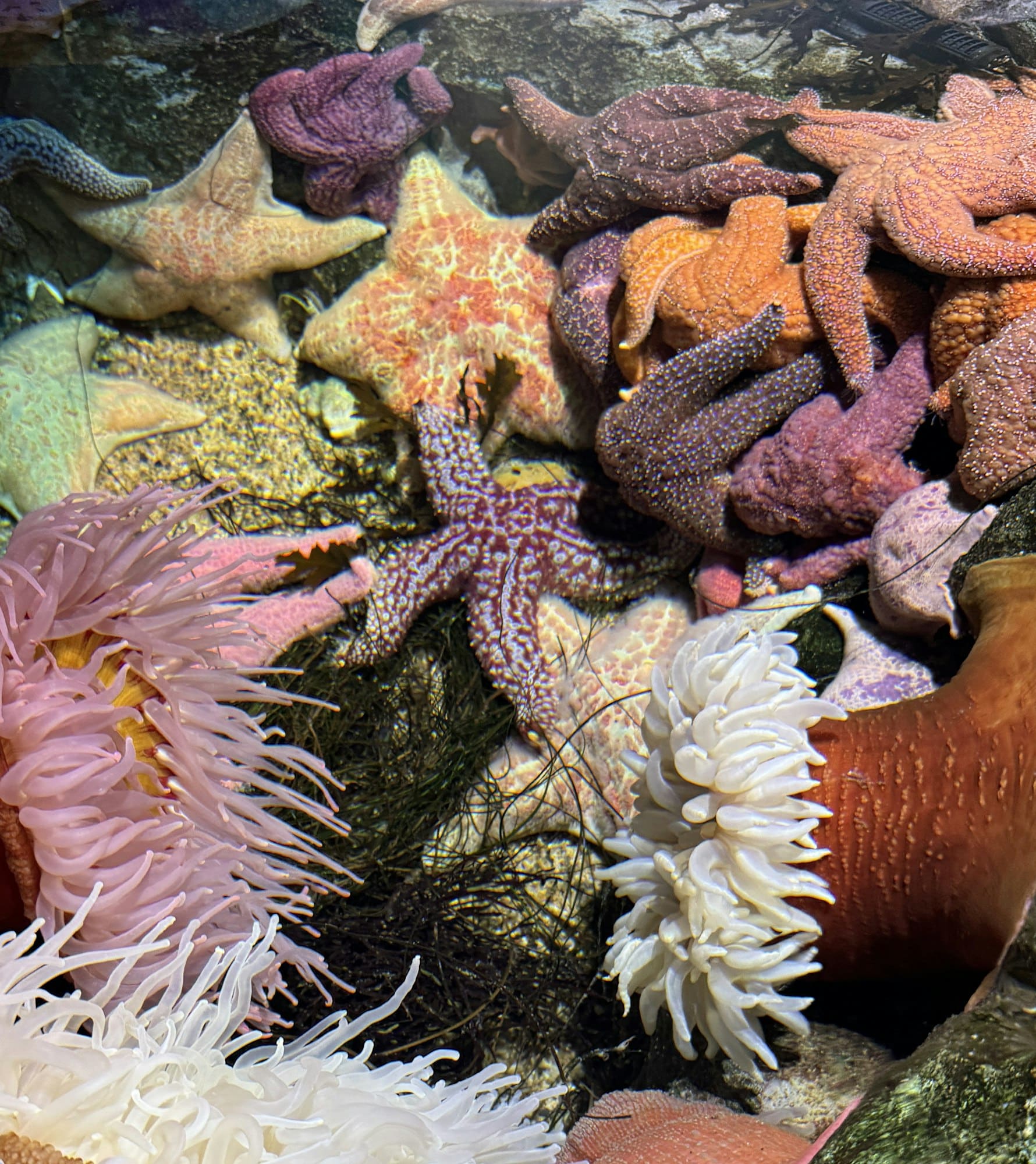What innovative landscaping solutions can enhance biodiversity in suburban real estate developments?

In the midst of today’s environmental challenges, the focus on creating sustainable solutions within the real estate industry has never been more critical. Biodiversity, often overlooked, is a key ingredient for healthy ecosystems. We’re going to explore how innovative landscaping can enhance biodiversity in suburban real estate developments, promoting a more sustainable, and vibrant environment. Using solutions such as spatial planning, utilizing local species, and managing water and energy resources, we can transform the way we design and construct our neighborhoods.
Spatial Planning: How Land Use Affects Biodiversity
Designing suburban areas to promote biodiversity begins with spatial planning. The way we use and develop land is fundamental to the health of our ecosystems. Spatial planning is all about organizing land use to balance demands for development with the need to protect the environment. By integrating biodiversity into spatial planning, we can create spaces that allow a variety of species to thrive.
En parallèle : How can real estate investments leverage technological advancements in smart home systems?
Innovations in spatial planning can also involve the use of green corridors or ecological networks. These corridors serve to connect different habitats, allowing species to move between them, which aids in maintaining biodiversity. They can be as simple as tree-lined paths, or as complex as entire ecosystems spanning across urban areas. Green roofs and walls are another spatial solution that can provide habitats for species while also improving air quality, reducing energy consumption, and managing water.
Making Use of Local Species: Native Landscaping
Incorporating local species into the landscaping is another solution that has gained traction in recent years. Native plants are typically more adapted to the local environment, requiring less water, less maintenance, and providing better habitat for local wildlife.
A lire aussi : How to design real estate projects that effectively manage noise pollution in dense urban environments?
Additionally, native plants can help fight climate change by storing more carbon than non-native species. By using local species in landscaping, we are not only reducing carbon emissions but also helping to support local ecosystems and biodiversity. Native landscaping is more than just a gardening trend—it’s a powerful tool for environmental conservation and sustainable development.
Water Management: An Essential Resource for Biodiversity
Water is a fundamental resource for all life on earth, and it plays an essential role in maintaining biodiversity. In suburban developments, effective water management can both conserve this vital resource and support diverse ecosystems.
One innovative solution is the creation of rain gardens. A rain garden is a planted depression that allows rainwater runoff from impervious urban areas, like roofs, driveways, walkways, parking lots, and compacted lawn areas, to be absorbed. This reduces rain runoff by allowing stormwater to soak into the ground, as opposed to flowing into storm drains and surface waters which can lead to erosion, water pollution, flooding, and diminished groundwater. They can be designed to support a diverse range of flora and fauna, providing a valuable habitat in suburban areas.
Energy Efficient Landscaping: Aiding in Carbon Reduction
Energy-efficient landscaping is an innovation that not only saves homeowners money but also contributes to carbon reduction. It involves designing outdoor spaces in a way that takes advantage of the natural environment to reduce energy consumption.
One example of energy-efficient landscaping is planting trees strategically around buildings to provide shade in the summer, reducing the need for air conditioning. In the winter, these trees can serve as windbreaks, reducing the need for heating. Not only does this decrease energy consumption, but trees also absorb carbon dioxide, helping to mitigate climate change.
Environmental Funding for Biodiversity Enhancement
While homeowners and developers can implement many of these solutions on their own, funding from various environmental bodies can significantly enhance the efforts. Schemes that provide financial incentives for biodiversity-enhancing projects can make a big difference in making suburban areas more sustainable and nature-friendly.
Green grants, for instance, provide funding for projects involving tree planting, community gardens, and habitat restoration. These grants can help to make sustainable landscaping solutions more accessible and affordable, encouraging more widespread adoption.
In conclusion, the enhancement of biodiversity in suburban real estate development is multifaceted. It involves innovative solutions in spatial planning, the use of local species, effective water and energy management, and the availability of environmental funding. These efforts combined can transform suburban areas into vibrant ecosystems that support a diverse range of species while also contributing to broader environmental goals such as carbon reduction and climate change mitigation.
Harnessing Natural Capital: Enhancing Ecosystem Services
Natural capital refers to the earth’s stocks of natural assets which include air, water, soil, and all living things. These resources can be harnessed to provide ecosystem services such as air and water purification, carbon sequestration, soil formation and decomposition, and the production of food and fuel, among others.
In the context of real estate development, we can tap into natural capital by preserving and enhancing green areas that provide these essential ecosystem services. For instance, wetlands can be maintained to improve water quality, absorb floodwaters, and serve as habitats for a variety of species. Forests, on the other hand, can act as carbon sinks, absorbing CO2 from the atmosphere and releasing oxygen, thereby helping to mitigate climate change.
Furthermore, utilizing renewable energy sources such as solar or wind power in suburban developments can not only reduce reliance on fossil fuels but also contribute to the provision of clean, sustainable energy. This not only enhances the value of the property but also reduces its impact on the environment, a factor increasingly important to eco-conscious buyers.
Preserving and enhancing natural capital in suburban real estate developments requires thoughtful decision-making, balancing the need for development with the preservation of natural resources. It’s a long-term investment that delivers ecological, social, and economic benefits to local communities.
Building Resilience: Adapting to Climate and Land Change
Given the growing threats of climate change and land change, building resilience into our suburban environments is more important than ever. Resilience, in this context, refers to the ability of an ecosystem to withstand shocks and disturbances while still maintaining its basic functions and structures.
One effective way to build resilience is through the use of nature-based solutions. These are actions that protect, manage, and restore natural or modified ecosystems while also providing human well-being and biodiversity benefits. For instance, maintaining healthy soil can help in food production, while also sequestering carbon and buffering against flood risk.
Landscape architects and decision makers need to consider the potential impacts of climate and land change and develop solutions that can help suburban areas adapt. This might involve, for example, incorporating features that can withstand extreme weather events, or designing landscapes that can accommodate changing patterns of wildlife.
In the long run, creating resilient suburban environments can pay dividends not just in terms of biodiversity enhancement, but also in reduced costs for disaster recovery and increased property values.
Conclusion: The Role of Real Estate in Biodiversity Enhancement
The real estate sector plays a crucial role in enhancing biodiversity and fostering sustainable communities. Through innovative landscaping solutions, it can contribute to the provision of ecosystem services, harnessing of natural capital, and building of resilience against climate and land change.
By adopting the principles of spatial planning, incorporating local species, managing water and energy resources effectively, and securing environmental funding, developers can ensure a net gain in biodiversity. It is an approach that not only increases the aesthetic value and marketability of properties, but also benefits the environment, local communities, and future generations.
In moving forward, the collaboration among developers, local communities, and environment agencies will be vital to ensure that decision-making processes are inclusive, evidence-based, and focused on long-term sustainability. Moreover, fostering an eco-friendly mindset among homeowners can help in preserving these efforts, making each suburban real estate development not just a place to live, but a thriving ecosystem where nature and people coexist harmoniously.
